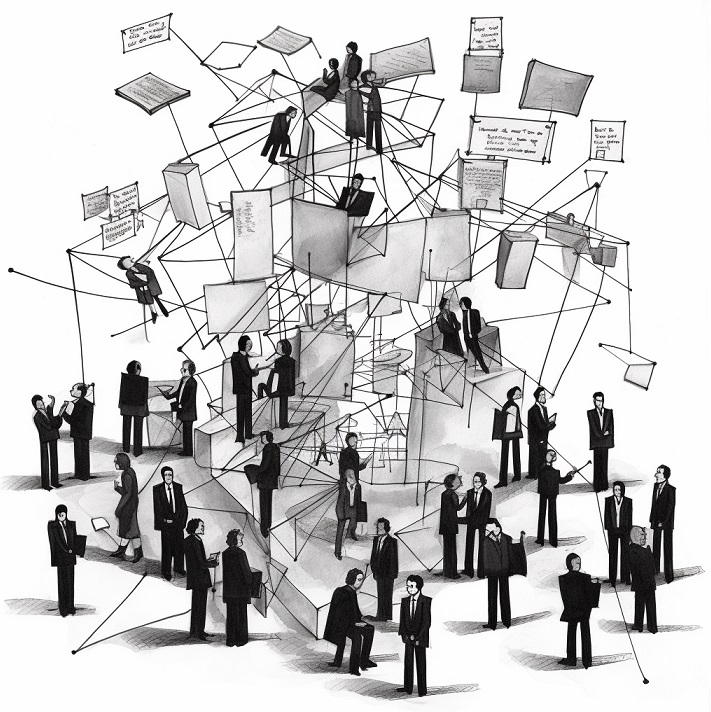
[This is the second part in a three-part series that starts with Quality in Education Part 1: The Customer Service Mentality is Flawed]
Reducing variation is a theme in quality management. It’s also traditionally been a theme in education: students are required to adhere to standards for competency and pass exams to demonstrate those competencies: then we let them out. But the factory model of education is outdated, because the problems we are confronted with today are far too complex to be satisfied by uniform proficiency in the same basic skill sets. That’s why honoring and leveraging variation is, in my opinion, where the greatest strength can be derived in educational environments right now.
But you might say… hold on! If I go to school to get a degree in civil engineering so I can build bridges, a measure of the quality of my education is that I actually can build those bridges. I’d say no, you’re not going to be able to build bridges until you work alongside other people who already know how to build bridges, and you let yourself be infused by that tacit knowledge as well. The purpose of acquiring explicit knowledge through schooling is to be able to have the productive, effective conversations with experts that are essential for successful, hands-on problem solving in the real world. Education and credentialing are two different things.
The issue has been discussed already within the quality community, at least a little bit. Vol. 2 Issue 1 of ASQ’s Quality Approaches in Higher Education journal starts out with a guest commentary by John Dew, a senior administrator from Troy University in Alabama:
“It is time for administrators in education to stop making the same mistakes that managers in industry were making before they discovered the meaning of quality… The current educational system is designed to ignore variation, and indeed to amplify the negative effects of variation, so that a significant number of students cannot possibly succeed in the system.”
Dew goes on to express that variation in our inputs is one of the things we seek to minimize and/or control in quality management. However, we can’t (and wouldn’t really WANT to) do this in education! People come into programs with all sorts of different educational levels, backgrounds, experiences, perspectives, and histories. In fact, we kind of LIKE variation in our inputs… we have programs and initiatives to make sure we get some!
It’s called DIVERSITY — and it helps us solve problems using a wealth of knowledge (both explicit and tacit) and a tapestry of insight!
At the same time, we want to make sure that students are prepared for their intended career paths. As a result, we seek to control variation in our outputs or learning outcomes. Students should achieve and demonstrate a certain level of proficiency in their coursework, and we often give them grades to serve as an indicator of that proficiency. But are these outputs really meaningful? It is my belief that the effectiveness of an education can only be assessed years later, after the student has had the opportunity to learn and grow into greater maturity, and apply their new skills and knowledge to meaningful pursuits. We need to provide students with the opportunity to leverage the variation that they bring, individually, to the learning environment… and then help them preferentially focus on developing their talents and passions. But that approach is completely anathema to reducing variation in our outputs in a school environment.
A high quality education is like adopting a new lifestyle with healthier habits… only the habits are not physical, but intellectual and critical. Our new habits of mind help us integrate new information while effectively sorting through misinformation and disinformation, and approach puzzles with a greater resourcefulness so our ability to contribute to solutions is strengthened.
John Dew acknowledges that the current educational model is fundamentally flawed, but the clear solutions are out of reach: “we can’t afford to provide individual instruction to every student [or make the batches smaller]… we are, therefore, locked into the batch process for education.” It’s not cost effective or profitable. We can’t do it.
So for now, we’re consigned to small, incremental “improvements” to honor, rather than condemn, variation. I’ll share how I try to do that tomorrow, as I describe Ingredient #3.







Leave a Reply